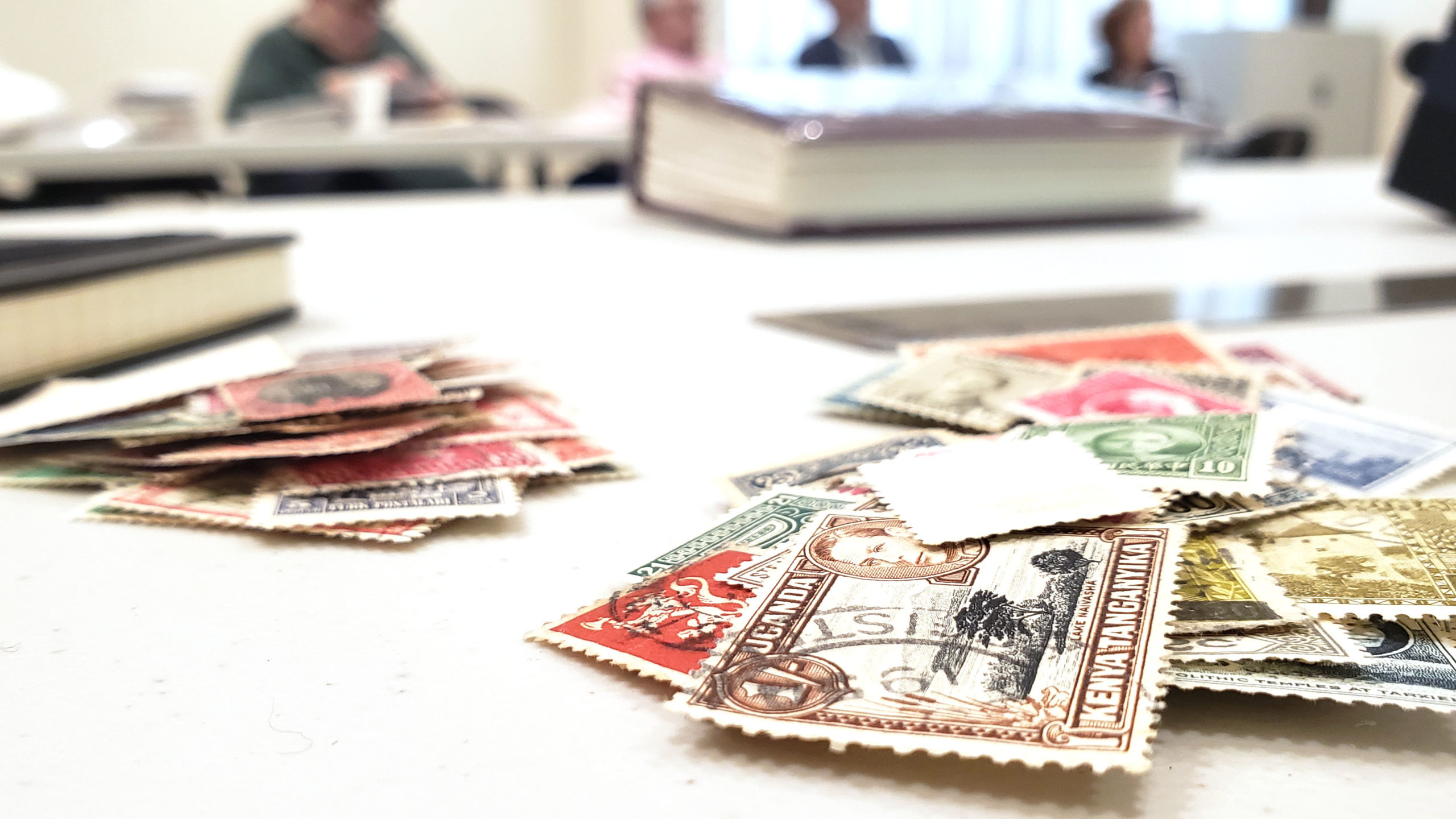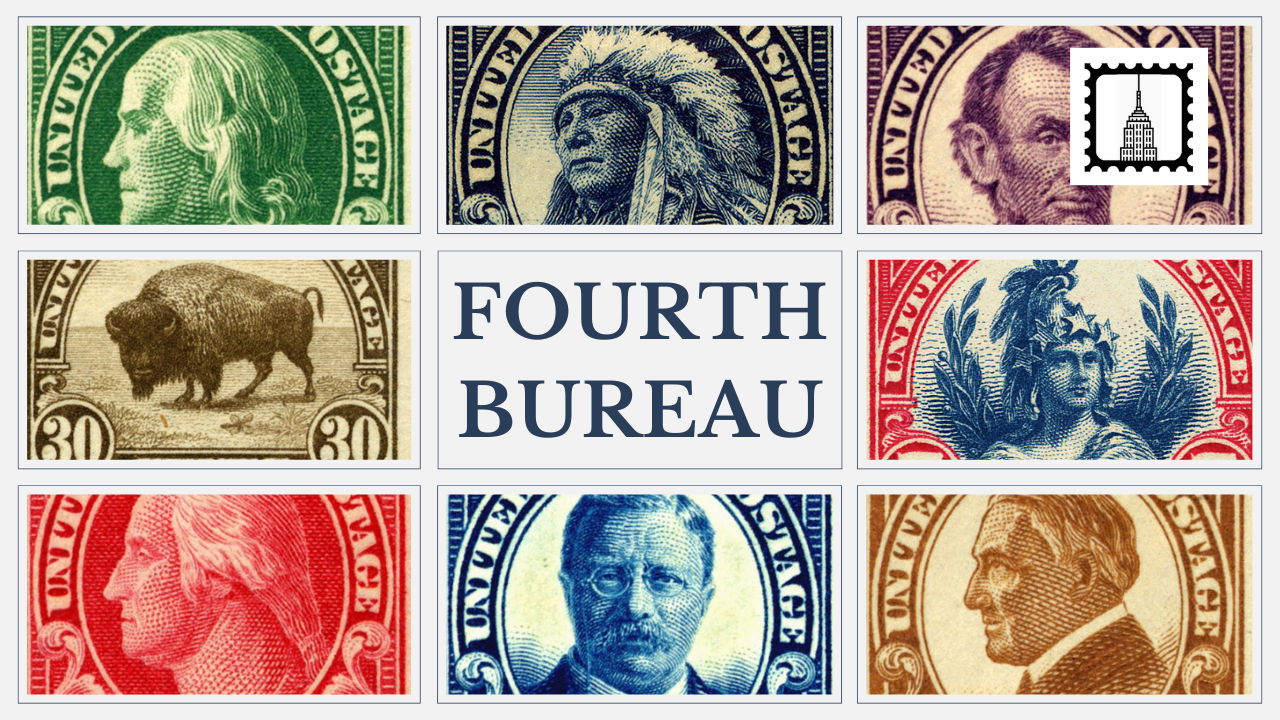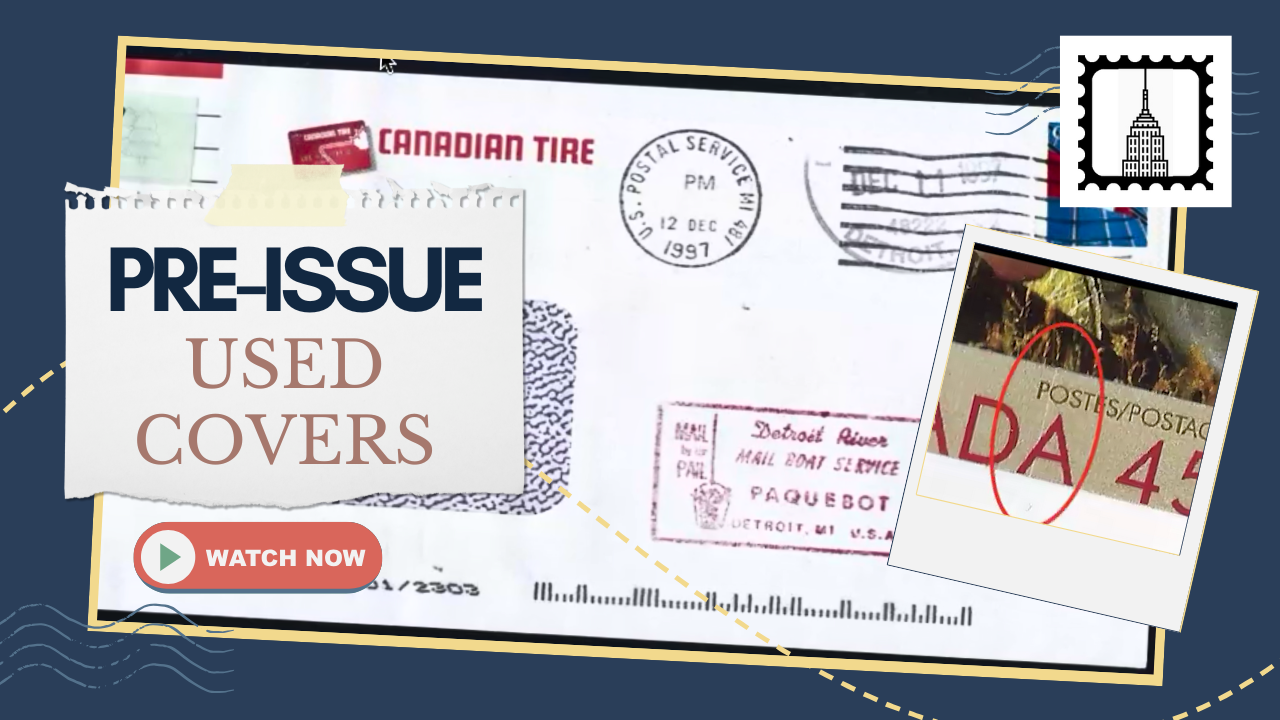The Fascinating History of WWII Airgraph Letters: Postal Innovation on Microfilm
During World War II, communication between soldiers on the frontlines and their loved ones was vital. However, the logistical challenge of sending physical letters across oceans presented significant hurdles, especially given the limited space available on military aircraft. To solve this problem, the British and American forces developed a revolutionary system called Airgraph Letters. In this blog post, we’ll explore what Airgraph Letters were, how they worked, and why they’re a fascinating and collectible piece of WWII postal history.
What Were Airgraph Letters?
Airgraph Letters were a wartime postal innovation designed to reduce the bulk and weight of regular mail during World War II. Introduced in 1941, the system allowed soldiers to send handwritten or typed letters using a one-page standardized form. These letters were then carefully checked by censors to ensure that no sensitive information would be disclosed, a common practice during wartime.
Once the letter was written and approved by the censor, the magic of the Airgraph system began. Instead of sending the physical letters, which were bulky and heavy, they were photographed onto microfilm.
How Did the Airgraph System Work?
After censoring, the letter would be photographed using a special camera, and the image of the letter would be recorded onto a roll of microfilm. This process drastically reduced the physical volume and weight of the letters—thousands of letters could fit on a single reel of microfilm.
The microfilm reels, containing hundreds of these letters, were then transported by air to their destination. Upon arrival, the images of the letters were printed onto paper, placed in window envelopes, and delivered to their recipients.
This process significantly reduced the weight of the mail. In fact, 350 million Airgraph Letters were transmitted during the war, with the entire system saving approximately 4,450 tons of mail weight, when compared to traditional airmail, which would have required over 4,500 tons of space on aircraft. Microfilm, by comparison, weighed less than 50 tons for the same volume of communication.
The Efficiency of Airgraph Letters
The primary goal of the Airgraph system was to save valuable cargo space on military aircraft. The ability to photograph letters onto microfilm allowed the military to carry significantly more communication with a fraction of the weight. The empty envelopes used for delivery at the destination could be shipped by slower means, such as by boat, without affecting the speed at which letters arrived.
This innovation was crucial in maintaining the morale of soldiers and their families, as it kept the lines of communication open while maximizing military resources. Despite the complex process, the system proved to be incredibly efficient, largely due to the partnership with Kodak, which handled the film development. By processing rolls of microfilm in bulk, Kodak helped to streamline the system.
What Did Airgraph Letters Look Like?
When printed out at the destination, an Airgraph Letter would appear on a small piece of paper, typically about 4 x 5 inches in size. Despite its reduced size, the content was the same as an original full-sized letter. Interestingly, the letters could not be typed directly in such a small font. Instead, they were written or typed on a normal-sized page, then photographed and shrunk down onto microfilm.
Even though the final printed version was small, the contents were legible. The recipient’s address had to be handwritten in block letters to ensure clarity, and some senders even typed the address first and then wrote it out by hand, just to follow the instructions precisely.
A Glimpse Into Life During the War
Airgraph Letters didn’t just carry mundane messages—they provided a window into the daily lives of soldiers and civilians during the war. For example, in one Airgraph Letter described by Arnie Janson, a soldier stationed in Algeria writes about the bustling traffic and compares the scene to Yonge Street in Toronto during rush hour. He describes a mix of military vehicles, civilian cars, and horse-drawn carts driven by locals, giving a vivid picture of life in a war zone. The letter was, of course, carefully censored to remove any sensitive military information, ensuring that only safe details were transmitted.
These letters captured everyday observations, thoughts, and emotions, offering personal insights into the war. They were snapshots of history, preserved on microfilm.
Collecting Airgraph Letters
Airgraph Letters represent a unique area of WWII and postal history that can still be explored and collected today. Since millions of Airgraph Letters were produced, there are likely many still in existence. However, their microfilm origins make them distinct from regular wartime letters, adding a layer of intrigue for collectors.
While much of the Airgraph system was used by British forces, the U.S. also adopted the method, meaning that collectors can find examples from both sides of the Atlantic. The question remains as to how many of these historic pieces are still available in the market today, but for those interested in military or postal history, Airgraph Letters offer a fascinating and relatively unknown collectible.
Conclusion
The Airgraph system was an ingenious solution to the logistical challenges of delivering mail during WWII. By shrinking letters onto microfilm, the British and American military were able to maintain communication between soldiers and their loved ones without overburdening aircraft with mail. This innovation not only improved wartime communications but also gave us a unique window into history.
Whether you’re a postal history enthusiast or a WWII collector, Airgraph Letters offer a rich, underexplored area to discover and collect. These small, yet significant, letters are more than just pieces of paper—they are tokens of resilience and connection during one of the most challenging periods in modern history.
If you’re curious about exploring this unique collectible, keep an eye out for Airgraph Letters—they might just be hiding in a collection near you!






